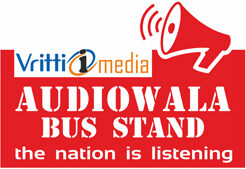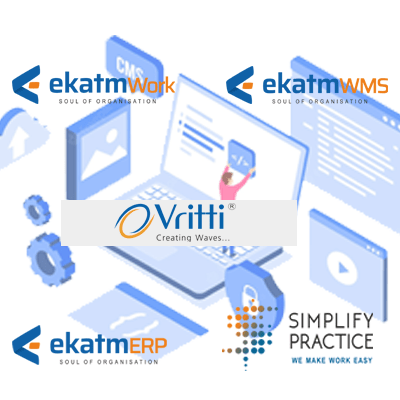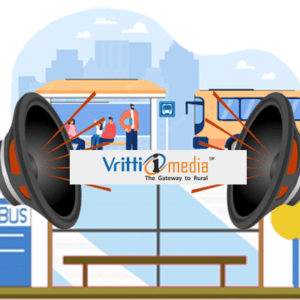Summer is fast approaching and families are busy making plans about where to go and how to travel. Whether rail or road, these potential consumers will spend hours en route, and perhaps make a few pit-stops at food-malls. As advertisers, it is important to stay ahead of the marketing curve by making the requisite moves to convert this fast-approaching opportunity. By considering various new and flexible modes of OOH, advertisers can make the most of the vacation season to up their sales amidst tremulous economic conditions.
Transit advertising and advertising at food malls are the new buzz in OOH. By enabling brands to reach consumers through media such as branding on vehicles, as well as audio announcements or attractive displays at bus stops or railway stations, advertisers can reach their specific target markets through flexible and dynamic means. For instance, Vritti i-Media has a well-established and proven network of tech-enabled audio advertising solutions for non-metro regions. Through effective announcements at Maharashtra State Road Transport Corporation (MSRTC) bus-stations in over 80 locations, the company continues to make waves in Maharashtra’s hinterlands.
Vritti i-Media also scores above its competitors in the audio-visual advertising space for high-population density spots such as highway food-courts. FMCG and retail companies can harness a basket of unique infrastructure such as that available with Vritti to launch innovative advertising campaigns. One such campaign was Dabur’s initiative to adopt 150 highway dhabas. Under Dabur’s plan, the interiors of dhabas were refurbished and branded props were used to promote the sales of the digestive tablets, ‘Hajmola.’
Bharat Petroleum made a similar move when they started a chain of dhabas christened ‘Tadka’ to offer a hygienic dining experience to highway travellers.
Additionally, Perfetti, Emani, PepsiCo and Godrej have also explored the avenue of brand alliances with food hubs as an invaluable point of sales to draw customers. Besides this, along with media like signages and kiosks, audio-visual screens can increasingly be found at food-malls along the Mumbai-Pune highway. These enable multi-lingual communication at modest costs.
In the space of audio advertising, Western Railway (WR) has joined the bandwagon by leasing air-space on its public announcement systems. For example, Kaun Banega Crorepati booked 3,600 seconds for three days of air-time, valued at Rs 4.5 lakh from WR.
This initiative by WR has met with loads of success and helped the railways rake in almost Rs 13 crore. Such a response proves that there are ample takers for this league of advertising communication. Since this mode is aimed at a captive audience, it is low cost. Due to the benefits of flexibility, cost-efficiency and effectiveness, brands are increasingly waking up to this idea of advertising that generates brand-goodwill among travellers.







